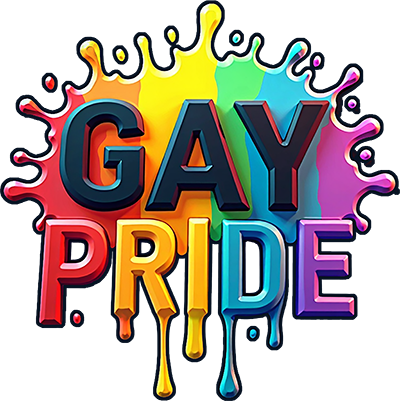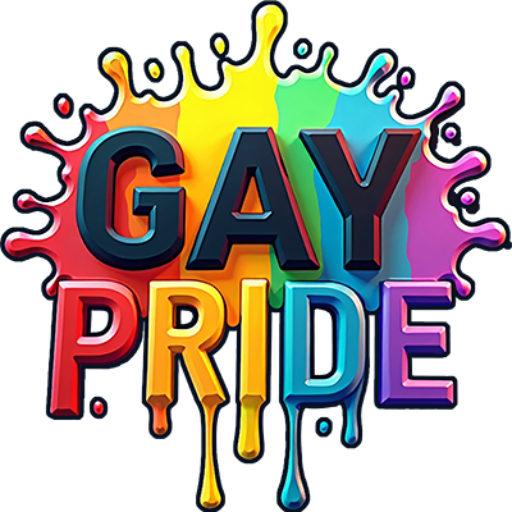The Evolution of LGBTQ Representation in Media
The representation of LGBTQ individuals in media has undergone a significant transformation over the decades. From being practically invisible to playing leading roles in mainstream media, the journey has been both challenging and rewarding. In this blog post, we will explore the evolution of LGBTQ representation, highlight key milestones, and discuss the impact of this representation on society. We’ll also provide insights on current trends and actionable tips for fostering inclusivity in media.
The Early Days: Stereotypes and Invisibility
During the early 20th century, LGBTQ characters were largely absent from media. When they did appear, these characters were often depicted through derogatory stereotypes. This period was marked by the “Hays Code” in Hollywood, which censored any content deemed immoral, including LGBTQ themes.
Despite these limitations, some filmmakers began to subtly incorporate LGBTQ characters and themes. For instance, Alfred Hitchcock’s films often included queer-coded villains, reflecting societal fears rather than genuine representation.
Breaking the Silence: The 1960s and 1970s
The 1960s and 1970s marked a turning point with the Stonewall Riots in 1969, igniting the LGBTQ rights movement. Media began to reflect these societal changes, albeit slowly. Television shows like “All in the Family” began to introduce gay characters, albeit in a limited and often comedic fashion.
During this time, the portrayal of LGBTQ characters was still largely negative, reinforcing stereotypes rather than breaking them. However, the visibility of LGBTQ individuals in media began to improve, planting the seeds for future progress.
The 1980s and 1990s: Breaking New Ground
The 1980s and 1990s saw significant progress in LGBTQ representation. Films like “Philadelphia” and TV shows like “Ellen” brought LGBTQ characters and issues into the mainstream. Ellen DeGeneres’s public coming out in 1997 on her sitcom “Ellen” was a groundbreaking moment for LGBTQ visibility in media.
During this era, LGBTQ characters began to be portrayed in more complex and realistic ways. The AIDS crisis also brought attention to the LGBTQ community, leading to more nuanced storytelling in media.
The Rise of LGBTQ Media: 2000s to Present
The 2000s and beyond have seen a remarkable increase in LGBTQ representation in media. Shows like “Will & Grace,” “Queer as Folk,” and “The L Word” showcased LGBTQ lives and relationships in a way that had never been done before.
Today, streaming platforms like Netflix and Hulu have further expanded LGBTQ representation with shows like “Orange is the New Black,” “Pose,” and “Heartstopper.” These platforms have provided a space for diverse stories to be told, reaching global audiences.
Current Trends in LGBTQ Media Representation
In recent years, there has been a push for more authentic and diverse representation of the LGBTQ community in media. This includes ensuring that LGBTQ roles are played by LGBTQ actors and that stories are created by those with lived experiences.
According to a GLAAD report, 11.9% of series regular characters on broadcast scripted primetime television are LGBTQ, reflecting an increase in visibility. However, there is still work to be done to ensure that all identities within the LGBTQ spectrum are represented.
Impact of LGBTQ Representation on Society
Positive LGBTQ representation in media has been shown to influence societal attitudes and reduce prejudice. A study by the University of Pennsylvania found that exposure to LGBTQ characters and stories can increase acceptance and understanding among viewers.
LGBTQ representation also provides a sense of validation and belonging for individuals within the community, helping to combat feelings of isolation and promoting self-acceptance.
Actionable Tips for Fostering Inclusivity in Media
1. Hire LGBTQ talent: Ensure diverse voices are included in the creation of content by hiring LGBTQ writers, directors, and actors.
2. Tell diverse stories: Highlight the unique experiences and challenges of different LGBTQ identities, including those of color, transgender, and non-binary individuals.
3. Avoid stereotypes: Portray LGBTQ characters as multi-dimensional people, not confined to clichés or stereotypes.
4. Engage with the community: Collaborate with LGBTQ organizations and advocates to ensure accurate representation.
Conclusion: The Path Forward
The evolution of LGBTQ representation in media reflects broader societal changes toward acceptance and equality. While significant progress has been made, there is still room for improvement in ensuring that all voices within the LGBTQ community are heard and represented.
As media continues to evolve, embracing diversity and inclusivity will not only enrich storytelling but also foster a more inclusive society. By continuing to push for authentic and diverse representation, we can create media that reflects the true diversity of the world we live in.

